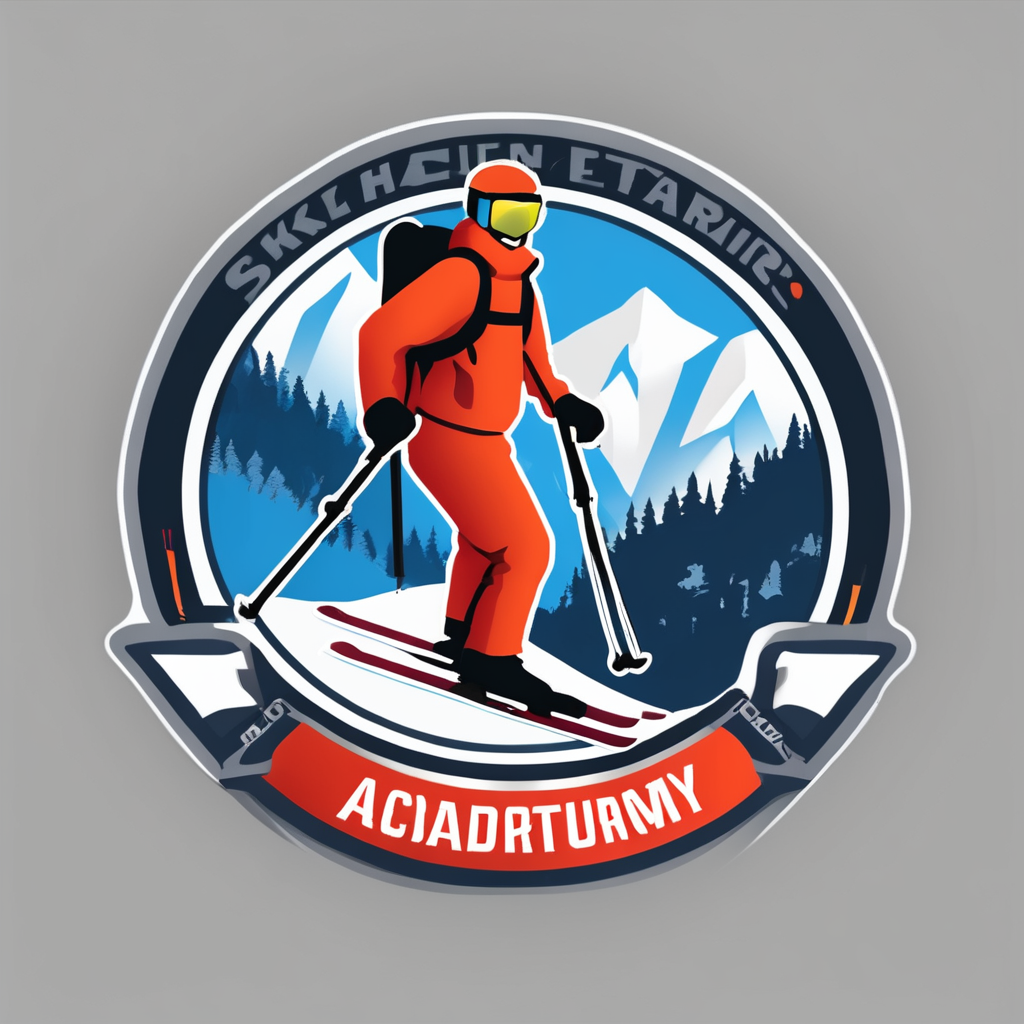Essential Drills to Boost Reflexes and Reaction Time
Improving goalkeeper reflex drills and soccer reaction exercises is fundamental for any goalie aspiring to elevate their game. Reflexes and reaction time play a pivotal role by enabling goalkeepers to respond swiftly to unpredictable shots, deflections, and rapid ball movements. Thus, incorporating targeted exercises is part of key goalkeeper training that directly enhances on-field performance.
One of the most effective ways to boost reflexes involves drills that focus on quick hand-eye coordination and explosive footwork. For example, reaction ball drills require goalkeepers to catch or deflect a ball that bounces erratically, sharpening their ability to react to sudden changes. Lateral quick-step drills reinforce fast foot movements and balance, which are essential when shifting between saving positions.
Also to discover : Boost your swimming performance: crucial breathing strategies to expand lung capacity
A well-structured progression of these drills is important for accommodating varied skill levels. Beginners might start with simple ball drop catches to develop basic reaction speed, while advanced goalkeepers engage in multi-directional save simulations that combine movement, diving, and catching in rapid succession. Consistent practice of these drills, emphasizing both speed and accuracy, cultivates muscle memory and cognitive quickness, vital components of goalkeeper reflex drills and soccer reaction exercises.
Integrating these exercises into routine training ensures continuous development. Tailoring the intensity according to skill advancements challenges goalkeepers without overwhelming them, maximizing the benefits of key goalkeeper training for reflexes and reaction time.
Also to read : Empowering judo champions: essential mental strategies for unbreakable resilience
Step-by-Step Drill Instructions for Goalkeepers
Precise goalkeeper drill instructions ensure effectiveness when performing key exercises to enhance reflexes and reaction times. Start by selecting drills tailored to your skill level within your soccer training routine. For beginners, use simple ball drop drills: hold the ball overhead and release it unpredictably, training fast hand reflexes. Intermediate goalkeepers can practice reaction ball drills, where an irregularly bouncing ball challenges hand-eye coordination. Advanced drills involve multi-directional saves using rapid lateral footwork combined with quick catch or dive actions, crucial for goalie skills improvement.
Each drill requires a clear setup. For ball drop drills, stand 1–2 meters in front of the goalkeeper with a firm grip on the ball, releasing it without warning. In reaction ball drills, use a specialized reaction ball that bounces unpredictably, throwing it against a wall or directly bouncing it toward the goalkeeper. Multi-directional save drills often demand cones or markers to designate movement zones, simulating game-like angles.
Frequency is vital—perform these drills 3 to 4 times per week within your soccer training routine to build and maintain sharpness. Sessions should last 15 to 30 minutes to prevent fatigue and preserve drill quality. Visual aids such as video demonstrations can enhance understanding by showing proper foot positioning and correct catching techniques. Watching skilled goalkeepers execute these drills enables better replication of form and pace.
By precisely following goalkeeper drill instructions, three key benefits emerge: improved reflex speed, enhanced foot coordination, and greater confidence under pressure. Integrating these drills consistently into a broader soccer training routine aids sustained goalie skills improvement and elevates overall performance.
Benefits of Reflex and Reaction Drills for Goalkeepers
Mastering goalkeeper reflex drills yields significant goalkeeper training benefits that directly impact match performance. Enhanced reaction time allows goalkeepers to respond to rapid and unexpected ball trajectories, increasing the likelihood of successful saves. Reflex improvement in soccer is crucial for dealing with deflections, close-range shots, and rebounds where split-second decisions determine outcomes.
These drills also facilitate better hand-eye coordination and foot speed, skills that seamlessly transfer from practice to real-game scenarios. For example, agility gained through soccer reaction exercises improves a goalkeeper’s ability to adjust positioning instantly, while refined hand reflexes enable quicker ball catching or parrying under pressure. The goalkeeper training benefits extend beyond physical agility—mental sharpness and confidence increase as well, fostering better anticipation and decision-making.
Physically, systematic reflex training condition muscles essential for explosive dives and rapid lateral movements, reducing injury risk through improved muscular control. Mentally, focused drills develop concentration and resilience, equipping goalkeepers to maintain composure during intense match moments. Regular incorporation of these exercises into training routines ensures ongoing advancement in both cognitive and physical domains, essential for elite goalie skills improvement.
Training Tips for Maximizing Goalkeeper Progress
Effective goalkeeper training tips concentrate on adapting drill intensity and monitoring progress meticulously. As reflexes and reaction speed improve, gradually increasing the challenge level of goalkeeper reflex drills ensures continuous development without plateauing. For example, increasing the speed of ball drops or adding unpredictability in soccer reaction exercises pushes goalkeepers to refine their fast footwork and hand-eye coordination further, sustaining momentum in their training.
A significant aspect within soccer goalkeeper progression involves avoiding common mistakes that hinder development. One frequent error is overtraining, which can lead to fatigue and decreased performance during drills. Maintaining proper rest intervals between sessions in your soccer training routine preserves drill quality and reduces injury risk. Additionally, neglecting form—such as improper positioning or catching technique—can embed poor habits. Hence, consistent feedback during practice, possibly through video review or coach supervision, is essential for corrective adjustments.
Integrating these drills seamlessly into a structured weekly schedule enhances consistency and long-term retention. Ideally, goalkeepers engage in reflex and reaction exercises 3 to 4 times per week, allocating 15 to 30 minutes per session. Track progress by recording reaction times or evaluating save success rates during drills to identify areas needing refinement. This data-driven approach informs smarter adjustments in training plans and promotes continuous goalie skills improvement.
In summary, combining thoughtfully scaled intensity, vigilant mistake prevention, and strategic scheduling embodies the core of advanced goalkeeper training tips, driving meaningful progress in both reflexes and overall shot-stopping ability.
